5 min read
Share this post
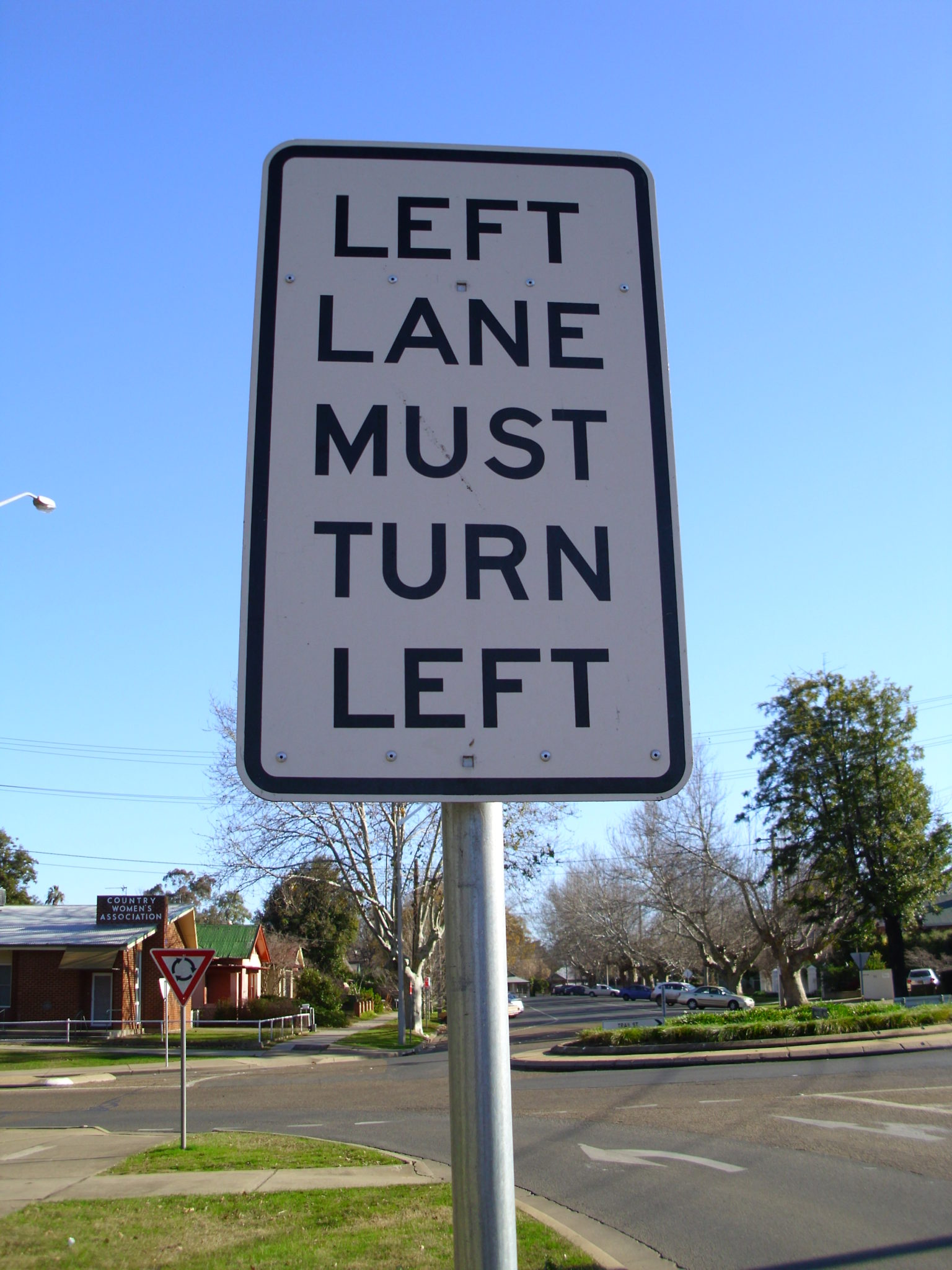
Our 6 necessity (must and have to) lessons can be found in the Verbs-Modals section of our library.
M3.1 – Necessity-Must-Have-To 1
In our introductory lesson we introduce the use of must to express necessity, rules and instructions. We also make a distinction between the expression of rules/instructions and the expression of opinions (you must finish your vegetables before you can have desert). We then introduce have to as an alternative for must when expressing necessity (must is generally stronger than have to).
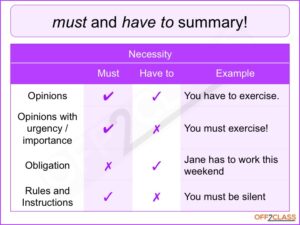
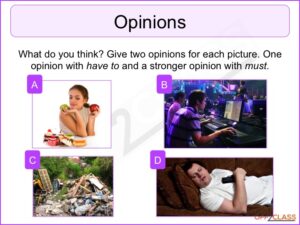
M3.2 – Necessity-Must-Have-To-Have-Got-To – 2
After a recap of must and have to, we introduce have got to as an alternative for have to, generally used in spoken English. We also introduce a number of other spoken English constructions (I gotta go, I’ve gotta go, I hafta go, she hasta go). It’s important to note to learners that these are only spoken English constructions. We finalize by introducing had to for events in the past (must and have to can be used for present and future).
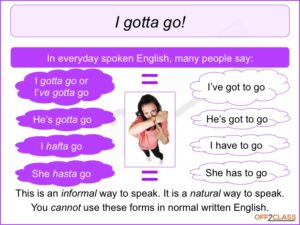

M3.3 – Necessity-Have-To-Had-To – 3
In our third lesson, we launch by making a distinction between the uses of must and have to. For obligations we generally use have to (I have to go to the meeting at 4pm). For written rule we use must (you must not dive in the pool). We also take another look at had to, as the past tense for must, have to and have got to. We also take a look at questions of necessity (Do you have to go out tonight?).
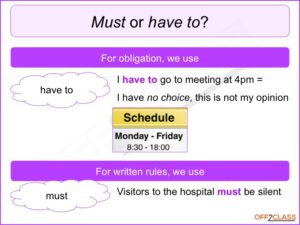

M3.4 – Necessity-Don’t-HaveTo – 4
Our fourth lesson focuses on the negative form of expressing necessity, using don’t have to. Don’t/doesn’t have to is used to express all forms of negative necessity.

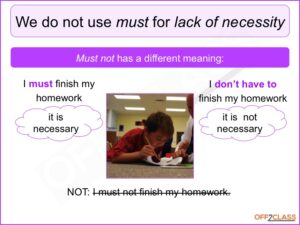
M3.5 – Necessity-Didn’tHaveTo-MustNot – 5
We start with recapping that we do not use must not for lack of necessity (we use don’t/doesn’t have to for lack of necessity). Didn’t have to is used for lack of necessity in the past (you didn’t have to clean up the apartment). Must not is used for prohibition (you must not feed the ducks).
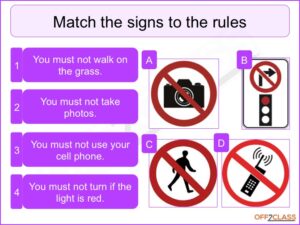
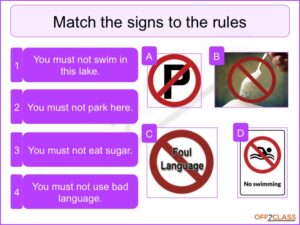
M3.6 – Necessity-NeedTo – 6
We being with some exercises focusing on the distinction between necessity, lack of necessity and prohibition. We then review the use of need to to express necessity (need to is not a modal verb, but it can be used for necessity). Don’t need to can also be used for lack of necessity.


Share this post



Leave a Reply